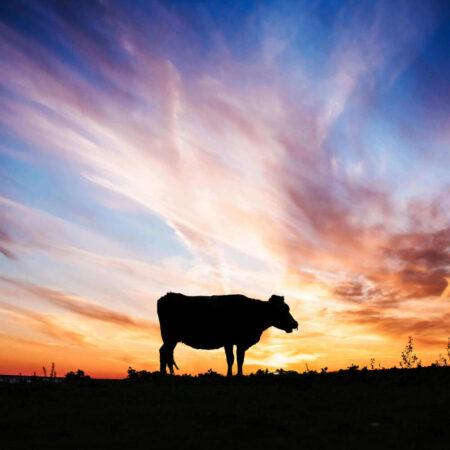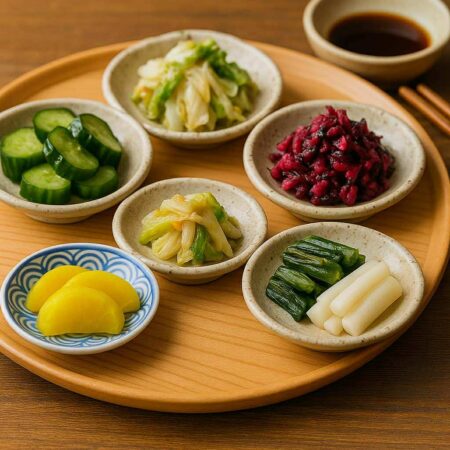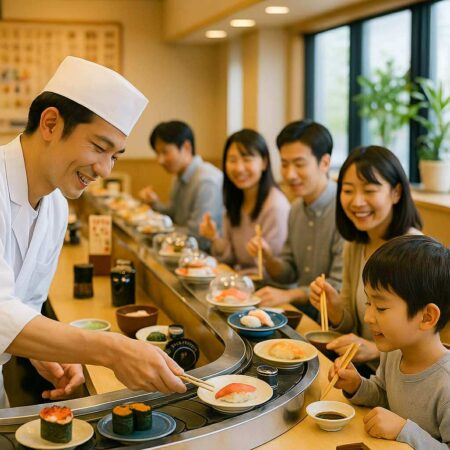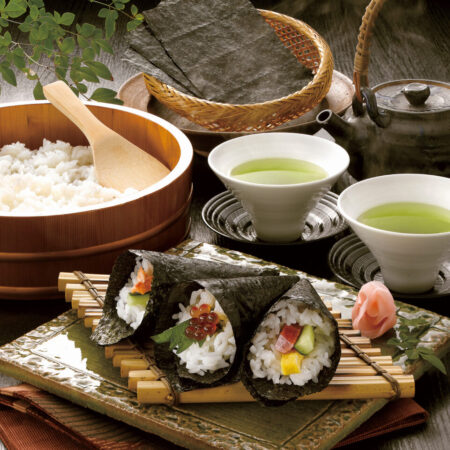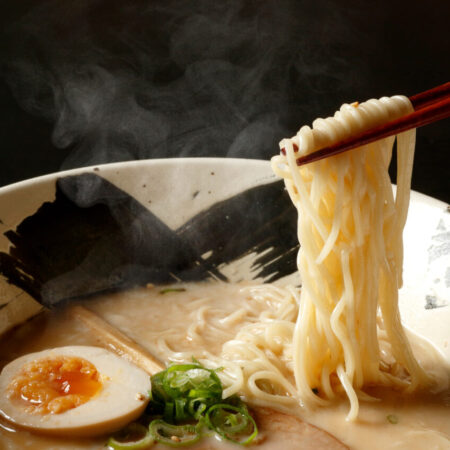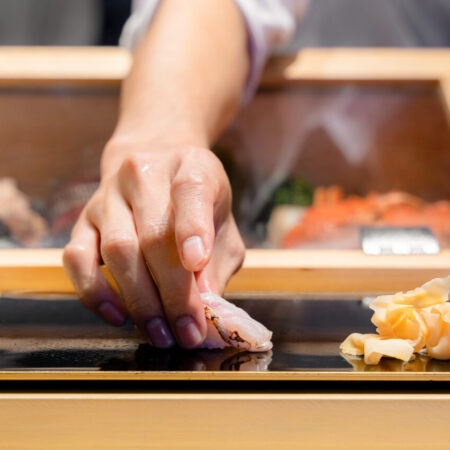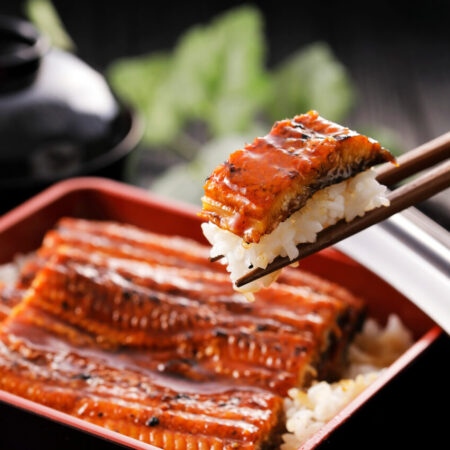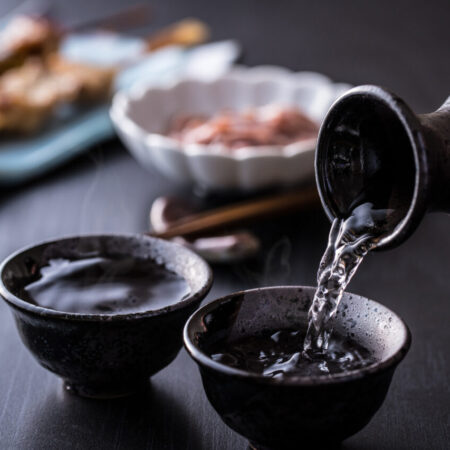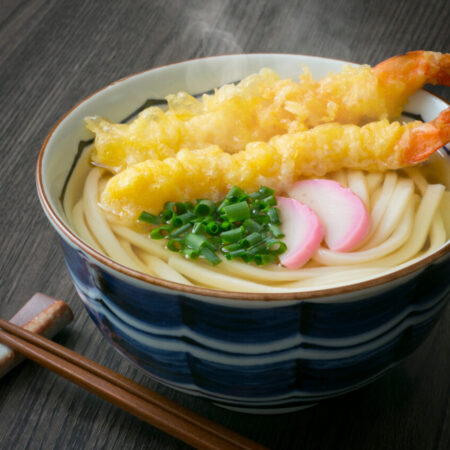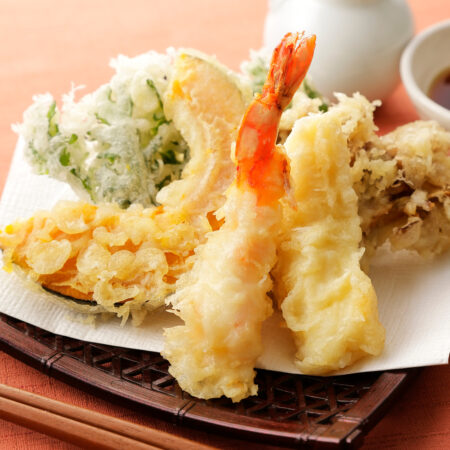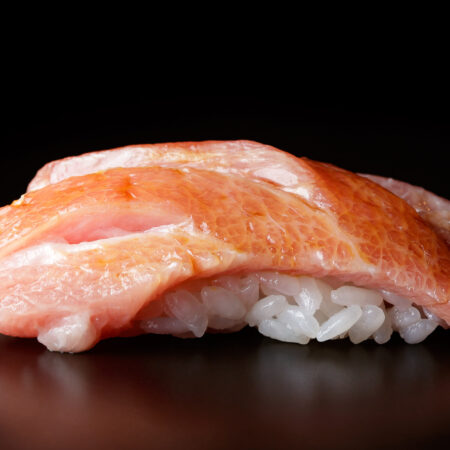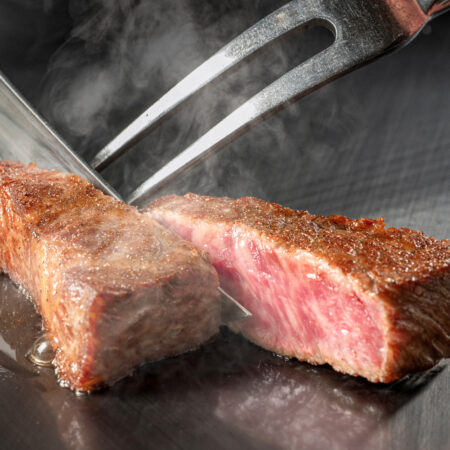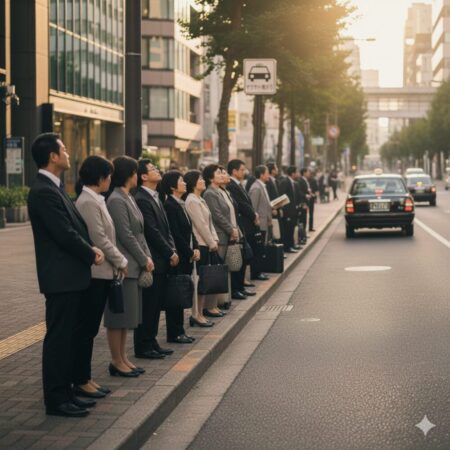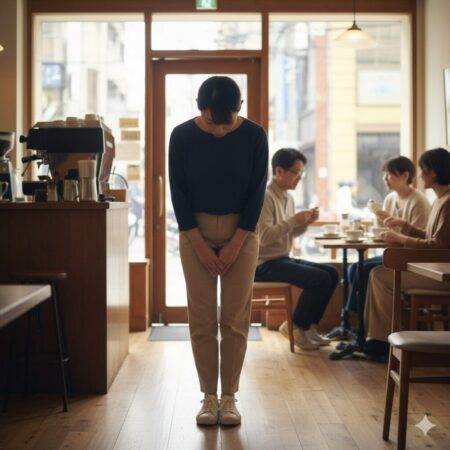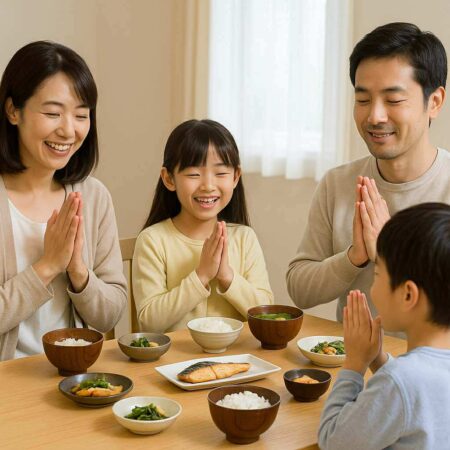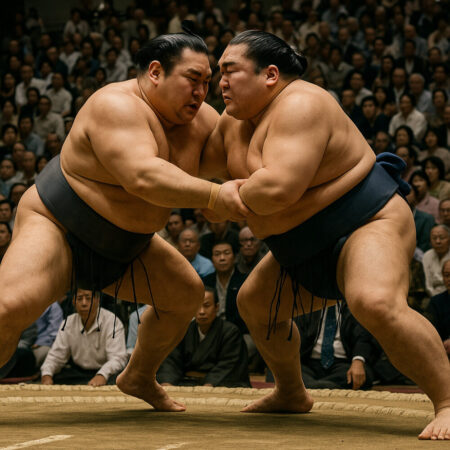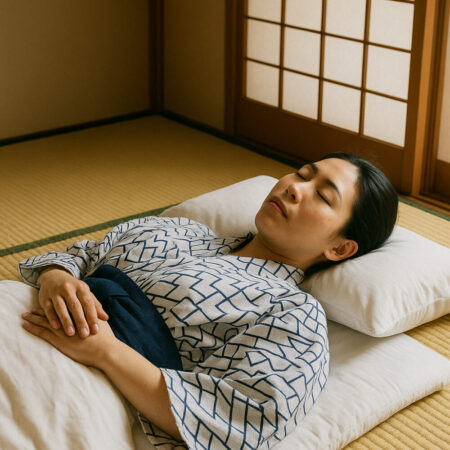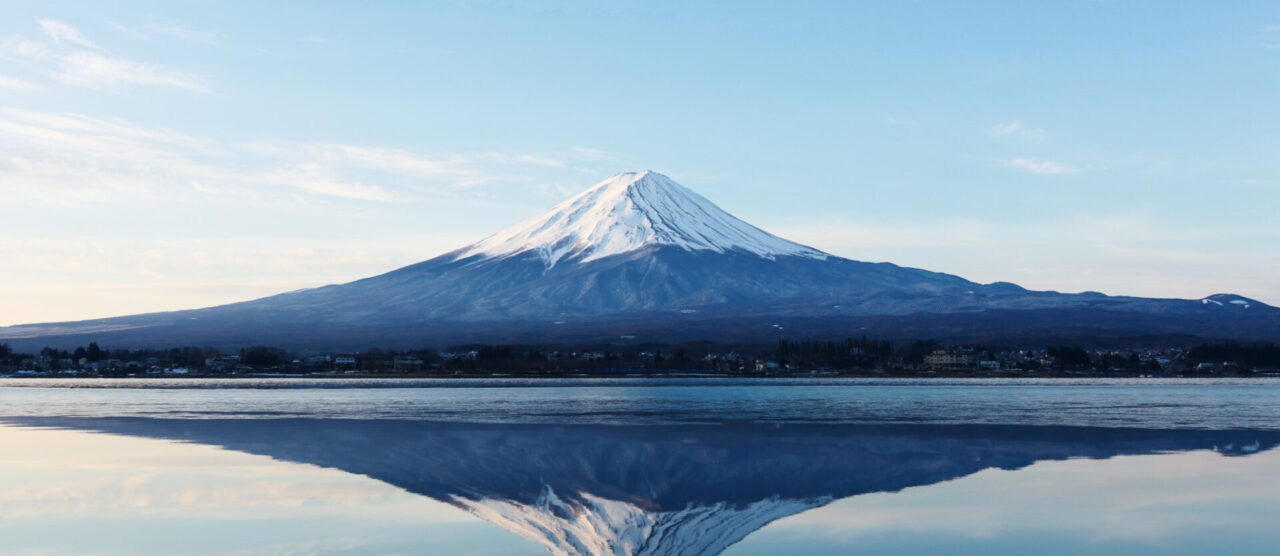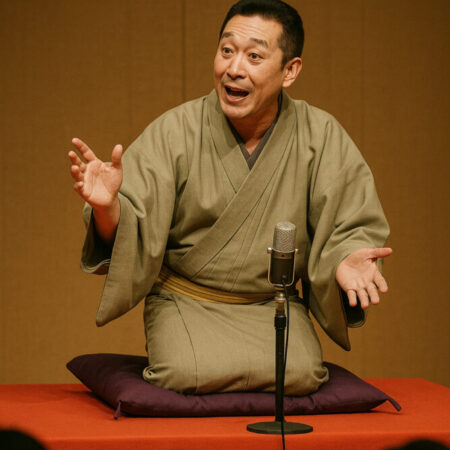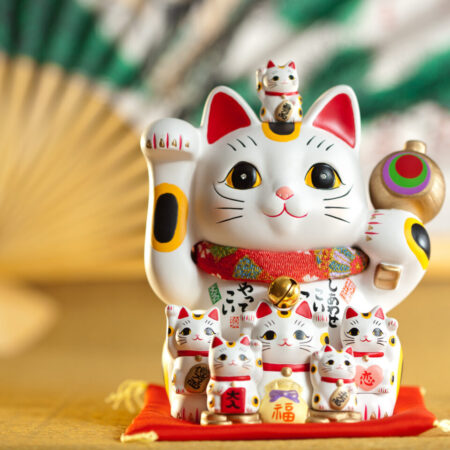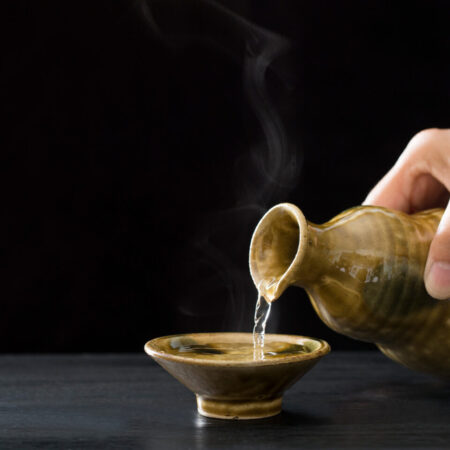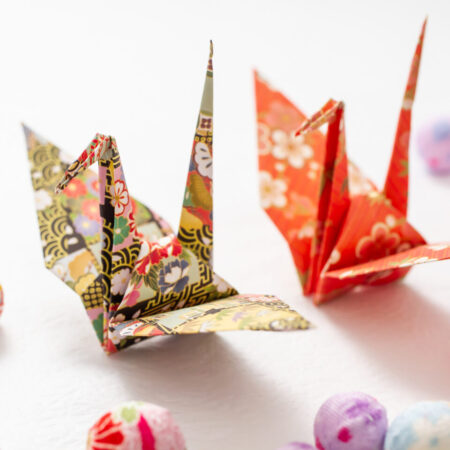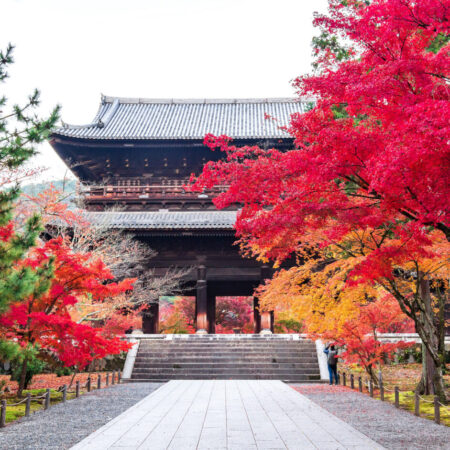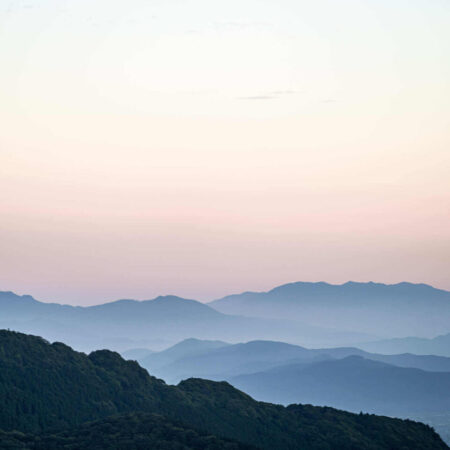History of Japanese Tea: A Tale Spun from a Cup of Tea
The history of Japanese tea dates back to the Nara period, believed to have been introduced from China along with Buddhism. Initially, monks utilized it for rituals and medicinal purposes, but by the Heian period, it gained popularity among the nobility. The culture of “Tea Ceremony” or “Chanoyu” flourished in the Muromachi period, making tea a common beverage among the masses. The Edo period saw the rise of teahouses in places like Ueno and Asakusa, establishing tea as an easily accessible beverage for city dwellers.
Types of Tea and Their Characteristics
There’s a myriad of teas in Japan. Prominent ones include green tea, gyokuro, sencha, houjicha, genmaicha, matcha, and black tea. Their flavors and colors differ based on their production method and fermentation level.
- Green Tea (Ryokucha): The most common tea, characterized by its vibrant green color and refreshing taste.
- Gyokuro: A premium green tea produced using a special method. Cultivated in the shade, it boasts a strong sweetness, umami, and a deep green hue.
- Sencha: The most produced tea in Japan, with a bright green shade and a refreshing aroma and flavor.
- Genmaicha: A blend of green tea and roasted brown rice, notable for its aromatic richness.
- Houjicha: Made by roasting tea leaves, it is distinct for its profound roasted fragrance.
- Matcha: Powdered tea ground from a stone mill, recognized for its intense flavor and beautiful green shade.
Black Tea (Kocha): Produced even in Japan, it offers a unique aroma and taste.
Chanoyu: The Spiritual Culture Spun from a Cup of Tea
“Chanoyu”, the traditional Japanese tea ceremony, comes with its unique etiquette. Through the act of making tea, it cultivates mental discipline and values interpersonal relationships. Each movement has its significance; for instance, whisking matcha to create froth symbolizes calming the mind and focusing, while rotating the tea bowl 2-3 times before drinking represents showing the most beautiful part to the viewer, expressing gratitude. The tea ceremony has various schools, sharing many basic elements, yet each has its unique characteristics in the minutiae of actions, tools used, and tea room architecture. Understanding the aesthetics, manners, and spirituality of each school allows one to deeply appreciate the depths and diversities of the tea ceremony.
How to Enjoy Japanese Tea: Tools and Brewing Techniques
When brewing Japanese tea, tools like teapots, tea bowls, and tea whisks come into play. The teapot, or “kyusu”, integrates a tea strainer for easy separation of tea leaves. The tea whisk, or “chasen”, made of bamboo, is used for whisking matcha to create froth in the tea bowl. Familiarity with these tools and their handling can deepen one’s experience of the profound culture and philosophy of Japanese tea.
Tea Producing Regions: Renowned Tea Regions in Japan
Many tea-producing regions exist in Japan, each boasting its unique flavors and characteristics. The reasons these regions specialize in certain teas closely relate to climate, soil, and geographical conditions. For instance, tea cultivation demands moderate rainfall, humidity, and a warm climate. Fertile soil and certain altitudes bestow depth and distinct flavors to the tea leaves. Regions like Shizuoka and Uji are famed for green tea, with their balance of sunshine, rain, and temperature catering to the delicate flavor and aroma of green tea. On the other hand, Kagoshima and Miyazaki are known for their aromatic black tea, with climates suitable for its cultivation.
Connecting with the Heart of Japan through a Cup of Tea
Japanese tea is more than just a beverage. It’s a beautiful narrative woven by history, culture, technology, and the nature of Japan. As you savor teas from various regions, try to feel the stories and passion behind them. With just a cup of tea, connect deeply with the profound culture of Japan. Why not embark on a journey through Japanese tea with us?



